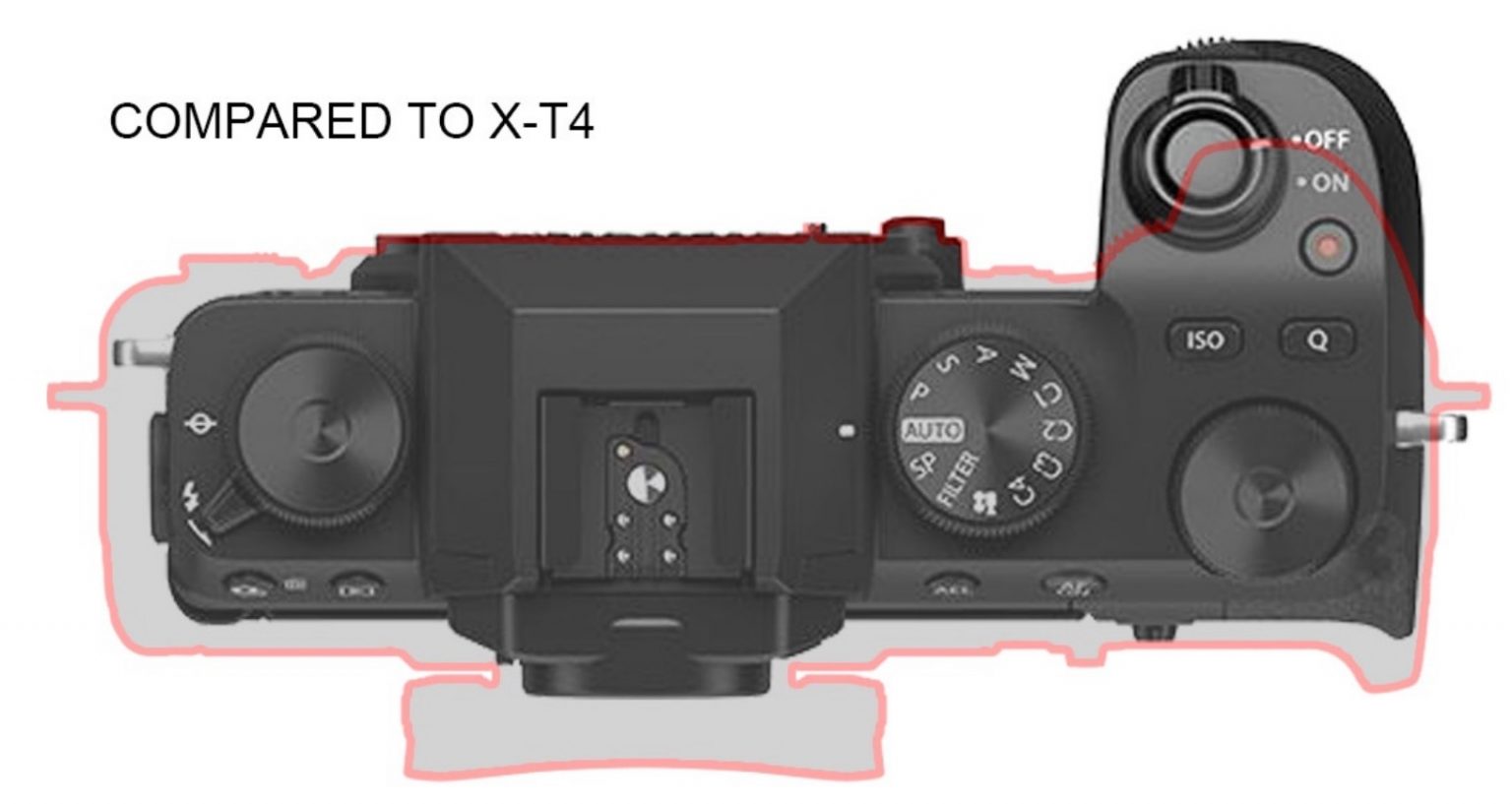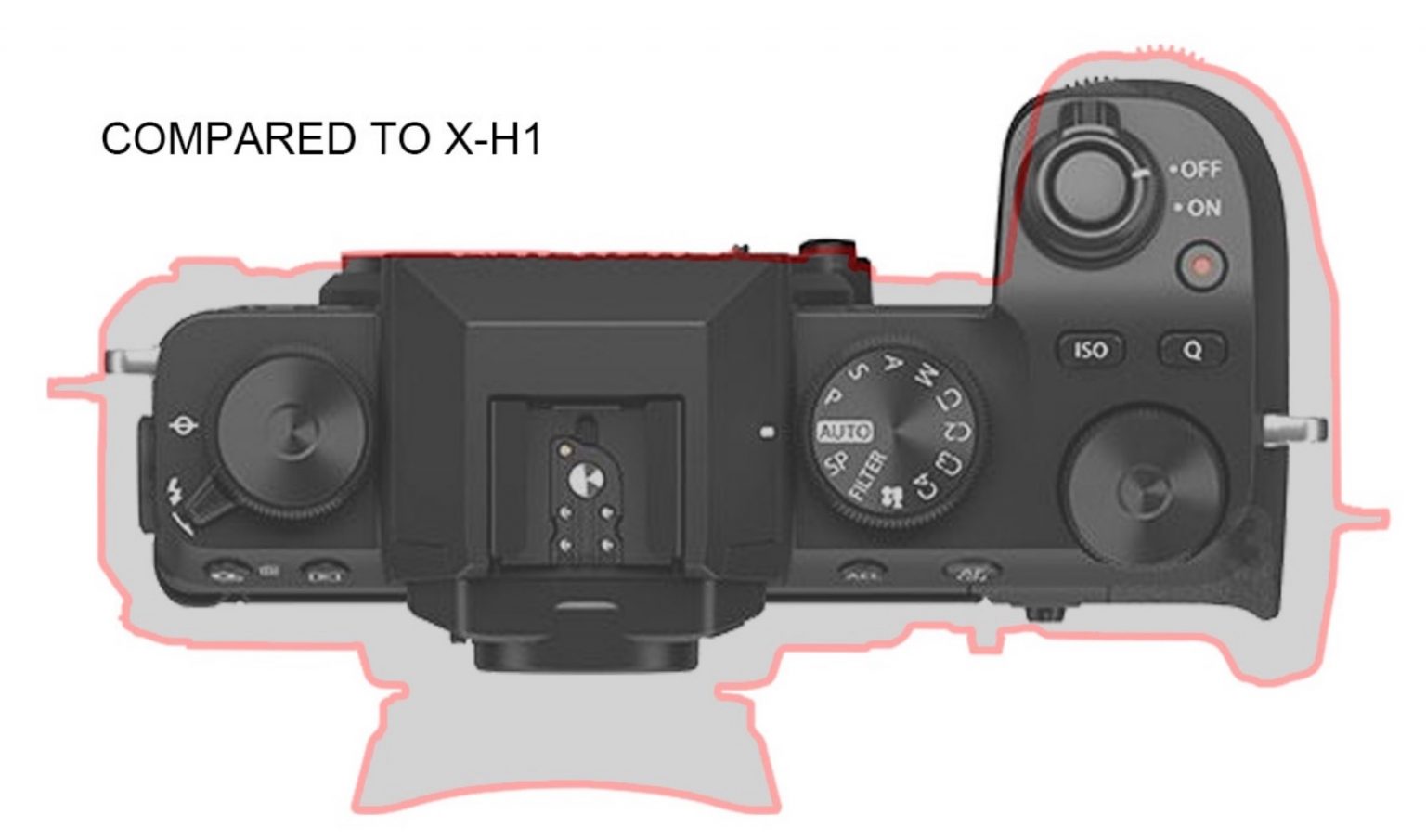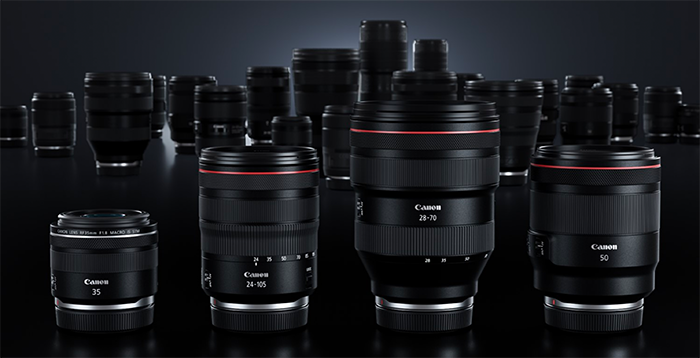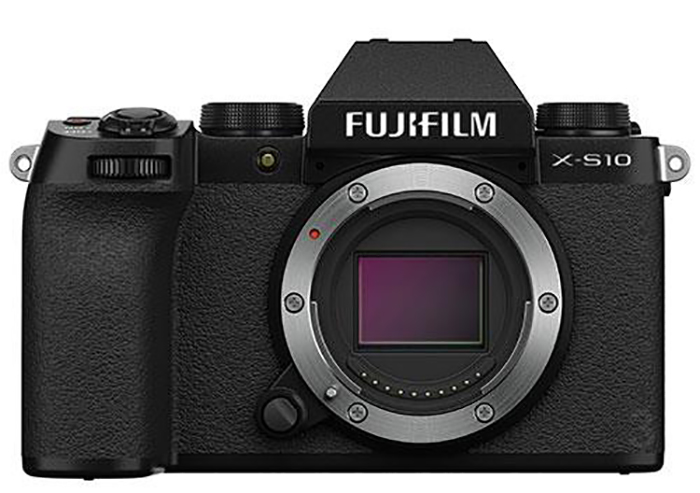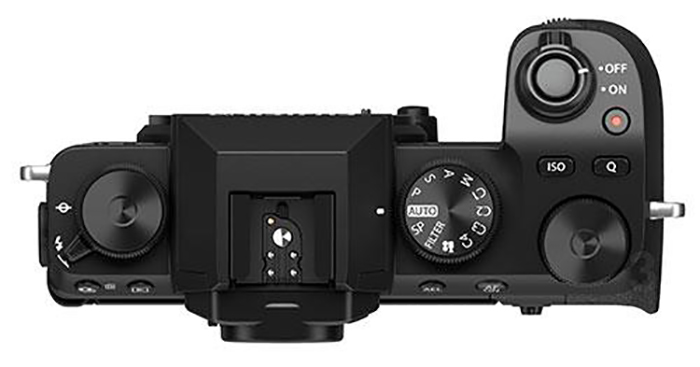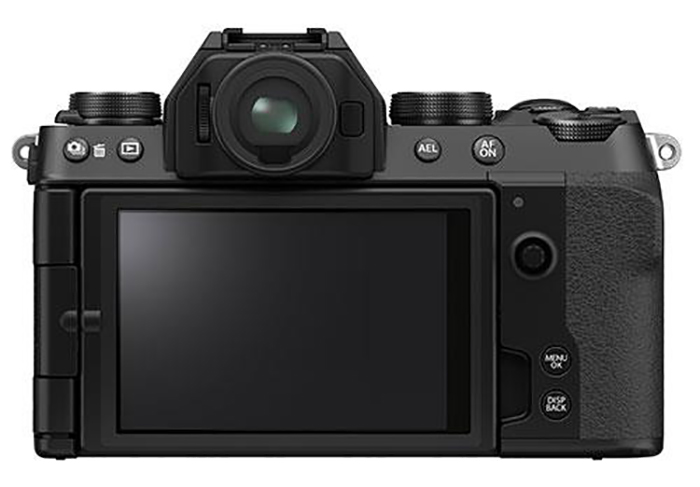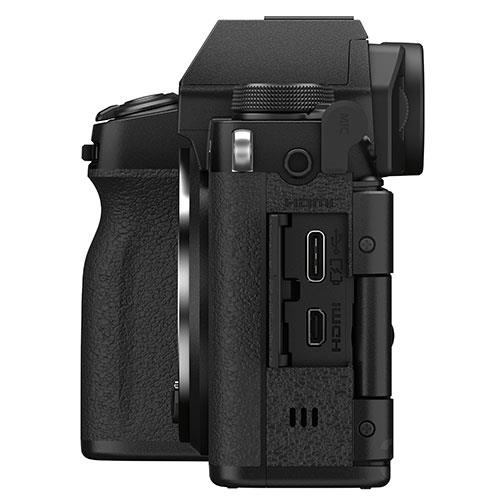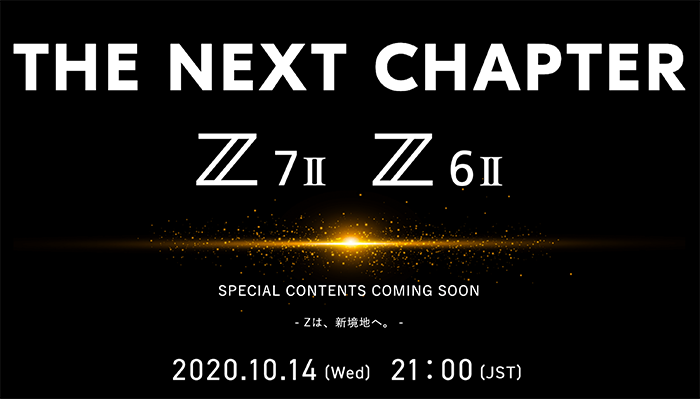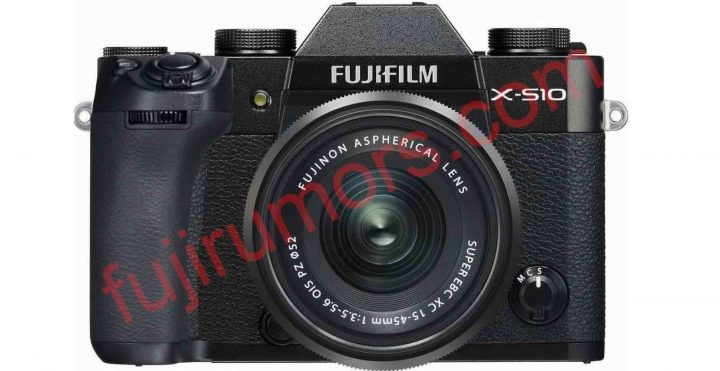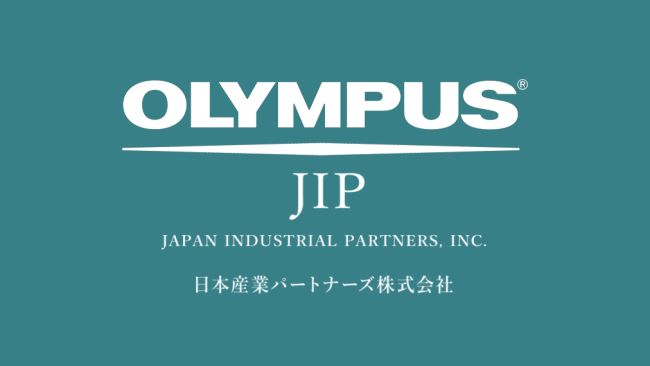Canon EOS M50 Mark II and a new Powershot camera to be announced this week
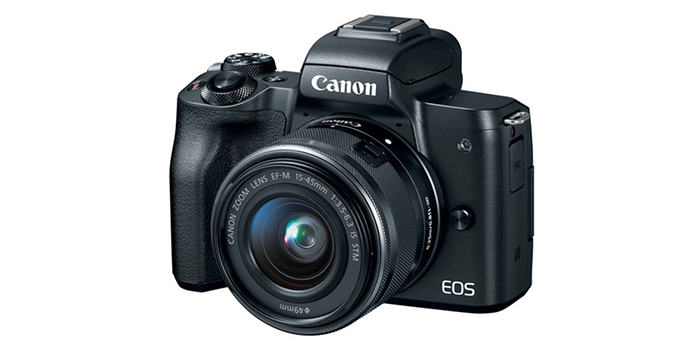
As reported on CanonWatch:
The replacement for the highly popular EOS M50 will be announced within this week. The EOS M50 Mark II kits that will go on sale:
- Canon EOS M50 II (EOS Kiss M2 in Asia) – black and white color option
- Canon EOS M50 II kit with 15-45mm lens
- Canon EOS m50 II with double zoom kit
- Canon EOS M50 II kit with 15-45mm & 22mm lenses
Moreover, it seems Canon might also release the PowerShot Zoom concept camera, at least in certain regions.
So far these specifcations are rumored for the EOS M50 II:
- 32.5mp APS-C CMOS sensor
- DIGIC X (maybe a new version)
- DPAF II
- 14fps
- 4K @ 60p no crop
- No IBIS
- Similar EVF resolution as the EOS R6
- Single SD card slot
All Canon EOS M50 II rumors are listed here.
